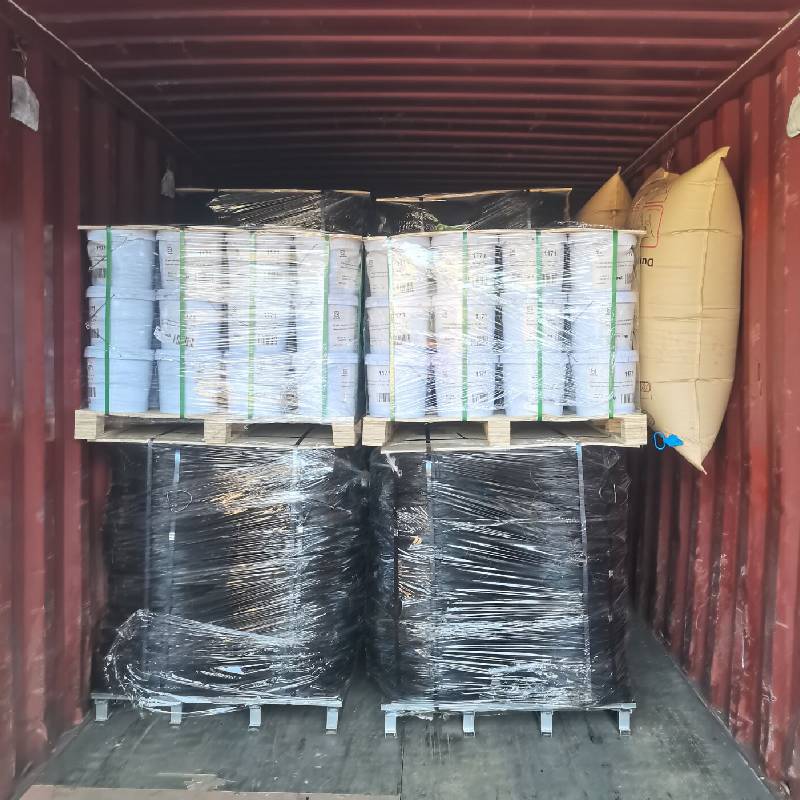
- Mobile Phone
- +8613931874955
- sales@cntcmetal.com
Guidelines for Proper Installation of Cavity Wall Ties for Enhanced Structural Stability
Cavity Wall Tie Installation A Comprehensive Guide
Cavity walls have become a standard in modern building design, primarily due to their superior insulation properties and moisture management capabilities. However, the effectiveness of a cavity wall construction relies significantly on the proper installation of wall ties. In this article, we will explore the importance of wall ties, the installation process, and best practices to ensure longevity and structural integrity.
What Are Cavity Wall Ties?
Cavity wall ties are metallic or polymer components used to connect the outer and inner leaf of a cavity wall. They play a critical role in maintaining the structural integrity of the wall by resisting lateral loads, ensuring stability, and preventing the outer leaf from separating from the inner leaf. Wall ties also help facilitate drainage and ventilation within the cavity, reducing the risk of moisture buildup and mold growth.
Importance of Proper Installation
The installation of wall ties is crucial for several reasons
1. Structural Stability Adequately installed wall ties help resist wind pressure and other external forces, ensuring that the wall remains structurally sound.
2. Moisture Control Proper ties allow for sufficient drainage and ventilation, preventing moisture accumulation that can lead to deterioration.
3. Compliance with Building Regulations Following specified guidelines for wall tie installation is essential to meet building regulations and achieve necessary safety standards.
4. Longevity Well-installed ties contribute to the longevity of the cavity wall structure, minimizing the need for costly repairs in the future.
Installation Process
The installation of cavity wall ties should be approached with care and precision. Here is a step-by-step guide to achieving successful installation
cavity wall tie installation

2. Determine Tie Spacing According to building codes, the spacing of wall ties is typically every 600 mm vertically and every 900 mm horizontally. However, this may vary based on local regulations and the height and width of the wall.
3. Drill Holes Using a masonry drill, create holes in the inner leaf of the cavity wall at the predetermined spacing. The depth of each hole should be at least 50 mm, ensuring that the ties are well-embedded.
4. Insert Wall Ties Insert the wall ties into the drilled holes, making sure they are positioned at an angle to encourage drainage. The ties should extend at least 50 mm into the inner leaf.
5. Secure the Ties Once inserted, use a suitable adhesive or mortar to secure the wall ties in place. This step is critical for ensuring that they do not move during the rest of the construction process.
6. Check Alignment Use a level to ensure that the ties are correctly aligned and not twisted. Proper alignment is vital for maintaining the wall's structural integrity.
7. Inspection Before proceeding with further construction, inspect the installed ties to ensure they meet the necessary standards and placements.
Best Practices
- Avoid Corrosion Use corrosion-resistant materials for wall ties, especially in areas with high moisture levels. - Regular Inspection After installation, regularly inspect wall ties for signs of movement or corrosion, particularly during maintenance routines.
- Follow Manufacturer Guidelines Always adhere to the manufacturer’s guidelines regarding the specific type of wall ties being used, as installation requirements may vary.
In conclusion, cavity wall tie installation is a fundamental aspect of cavity wall construction that should not be overlooked. By following proper installation procedures and adhering to best practices, builders and homeowners can ensure the stability, safety, and durability of their structures.
share:
-
Understanding Wall Ties: Types and ImportanceNewsApr.28,2025
-
Top Products for Your Yard and Signage NeedsNewsApr.28,2025
-
The World of SpringsNewsApr.28,2025
-
Masonry Accessories: Essential for Building Strong FoundationsNewsApr.28,2025
-
Fencing Solutions for Every NeedNewsApr.28,2025
-
A Comprehensive Guide to Iron Wire for Your Construction NeedsNewsApr.28,2025
-
The Versatility of Wire Tension SpringsNewsApr.16,2025



















